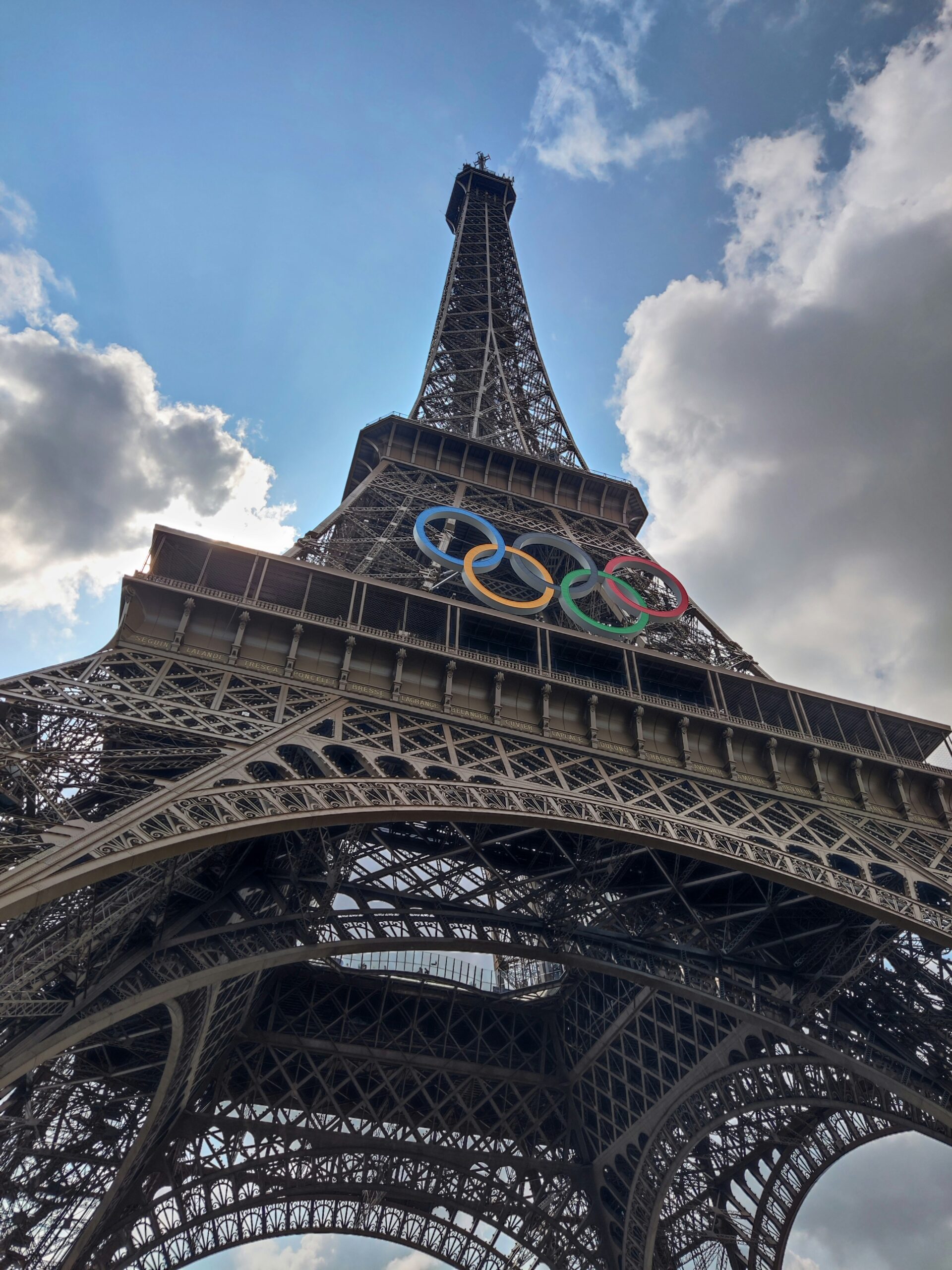
The Winter Olympics of 2010 were the first “social media games.” It was the first time we saw athletes with their own online platforms enter the arena. Since 2010, the International Olympic Committee (IOC) has placed strict guidelines on the social media usage of athletes, coaches, technical staff, and other Olympic committee representatives. As recently as the 2020 Summer Olympics in Tokyo, athletes were barred from sharing content on training, competition, or ceremonial grounds or posting about personal sponsors during the games.
While some restrictions remain for the privacy of participants, the game is changing. In December 2023, the IOC released its new social media regulations. Now, athletes can:
- Take photos and video and audio recordings both inside and outside of official Olympic training, ceremony, and social areas.
- Share pictures on their personal social media platforms up to an hour before their own competitions and again after the competition has ended.
- Post one “thank you” message for each of their own non-Olympic partners during the games, as long as it doesn’t include a personal endorsement.
These changes are a sign of the growing influence of social media, especially for public events. It’s now the main way athletes interact and maintain a genuine connection with their fan base. The importance of fans for Olympic athletes goes far beyond that of other public figures because these athletes aren’t paid by the games to compete. So, for Olympians like the US women’s water polo team, who were quietly working multiple jobs on top of practice to make it to Paris before Flavor Flav sponsored the team, social media visibility and the partnerships that can come with it are vital for success.
This shift also represents a recognition of the importance of each athlete’s voice in the fans’ experience. We live in a world where connectivity is central, and that’s not changing any time soon. Athletes rely on social media to build their personal brand and create partnerships with the companies they align with. When the audience gets an inside perspective from athletes like Ilona Maher (rugby), Tom Daley (swimming), and Simone Biles (gymnastics), they are able to have an unprecedented connection to the thoughts and emotions of their favorite Olympians. And, engagement rates are through the roof for these athletes. Seeing athletes mingle in Champion Park, reviewing team apparel, and even behind-the-scenes bonding videos brings us closer to the champions we love with every view.
This new wave of support is positive not only for individual athletes but also for the games as a whole. This “inside look” has ushered in a whole new era of storytelling, branding, and support for the Olympics, and we are seeing the proof in real-time. This year’s opening ceremony was the most viewed ceremony since 2014, with 29 million eyes on the event.
The change in social media regulations this year at the Olympics is a reflection of the importance of social media in our world. The Olympics are not only a place for the best of the best to perform but also a time for the world to come together and celebrate the astounding feats taking place in real-time.
By: Mel Johnson


